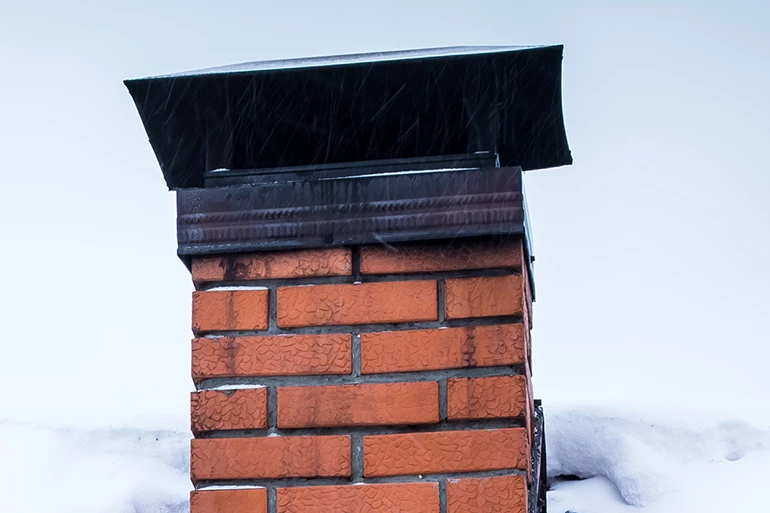Chimney Cap Measuring Guide
An improperly sized chimney cap is a lot like an ill-fitting hat; it can't do its job properly and tends to look strange rather than stylish. Fortunately, determining what size chimney cap you need isn't as difficult as it seems. This guide will take you through every step of what is actually very simple process.
Identifying Your Flue Type
The kind of flue you have dictates what chimney caps you can use and, consequently, the measurements you'll need to select the right one. Below is some information about the most common flue constructions. If you're not sure what type of flue you have, just take a look inside your chimney and pick the description that best matches what you saw.
Single-Flue Chimneys with Extended Flues — If your chimney has a single flue that extends above its crown, this is the type of system you have. Extended flues are amongst the most common and easiest to cap - chimney caps for this kind chimney can be directly attached to the flue with clamps or screws.


